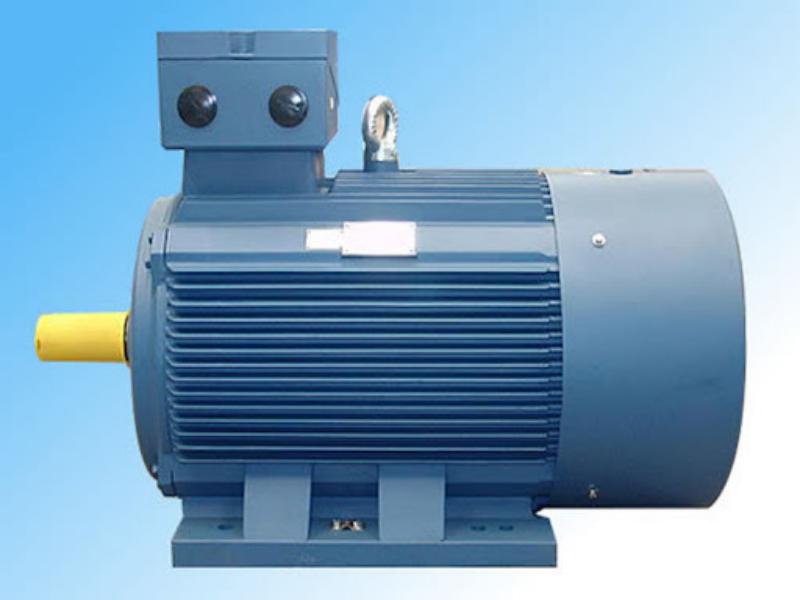Introduction and characteristics of textile motors
Introduction to Textile Motors
Textile motors are electric motors specially used in textile machinery. They are the core power components of textile equipment. Their performance directly affects the efficiency, quality and stability of textile production. They are widely used in various textile production links such as spinning, weaving, printing and dyeing, knitting, etc., such as carding machines, spinning machines, looms, printing and dyeing machines and other equipment.
Features of Textile Motors
1. High reliability
Textile production is usually continuous and large-scale operation. The motor needs to run stably for a long time. Therefore, the motor is required to have wear resistance, vibration resistance, dust and moisture resistance, etc. to reduce downtime.
2. Excellent speed regulation performance
In the textile process, it is often necessary to flexibly adjust the motor speed according to different processes. Modern textile motors mostly support variable frequency speed regulation, which can achieve precise speed control and meet the diversified needs of the process.
3. High efficiency and energy saving
The textile industry has high energy consumption, and high-efficiency and energy-saving motors have gradually become the mainstream, which can reduce production costs and meet environmental protection requirements.
4. Low noise and low vibration
Textile workshops are densely equipped, and noise and vibration will affect the working environment and product quality. Textile motors usually use optimized mechanical structures and materials to reduce noise and vibration during operation.
5. High protection level
Textile production may be exposed to fibers, dust, water vapor, etc. The motor needs to have a higher protection level to prevent foreign matter from invading and affecting motor performance.
6. Strong overload capacity
Some textile processes require the motor to have a short-term overload capacity to cope with instantaneous high load requirements.




